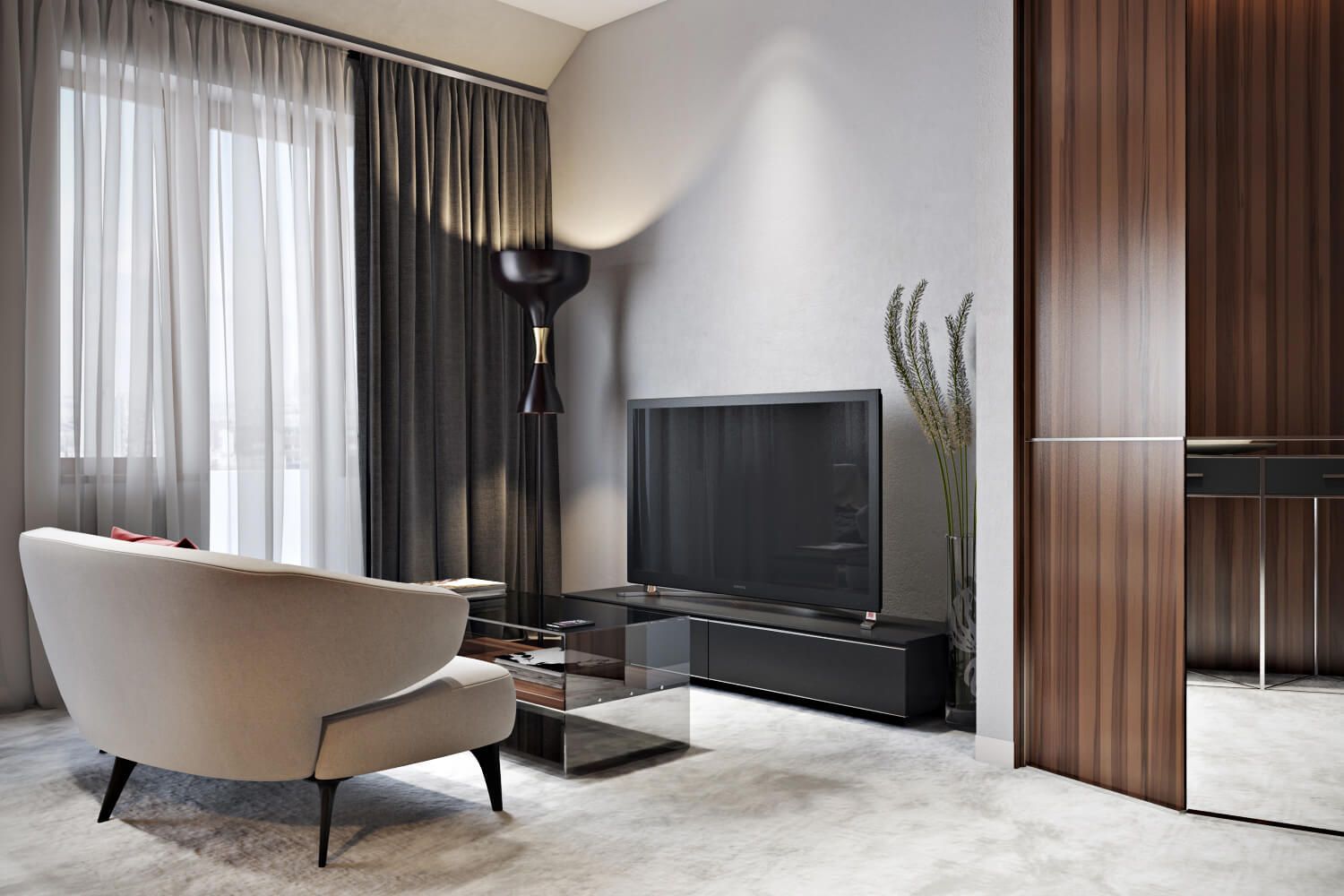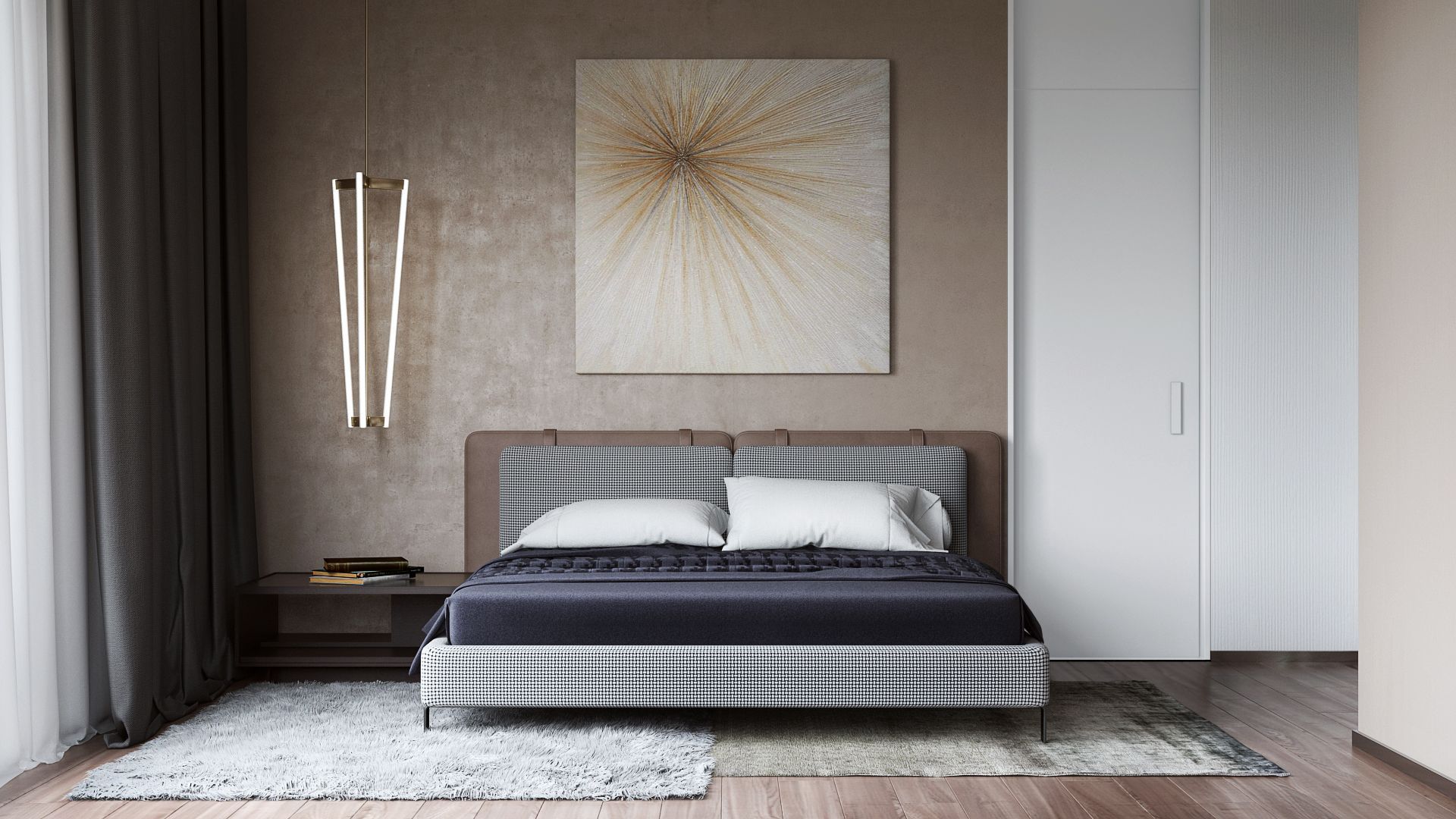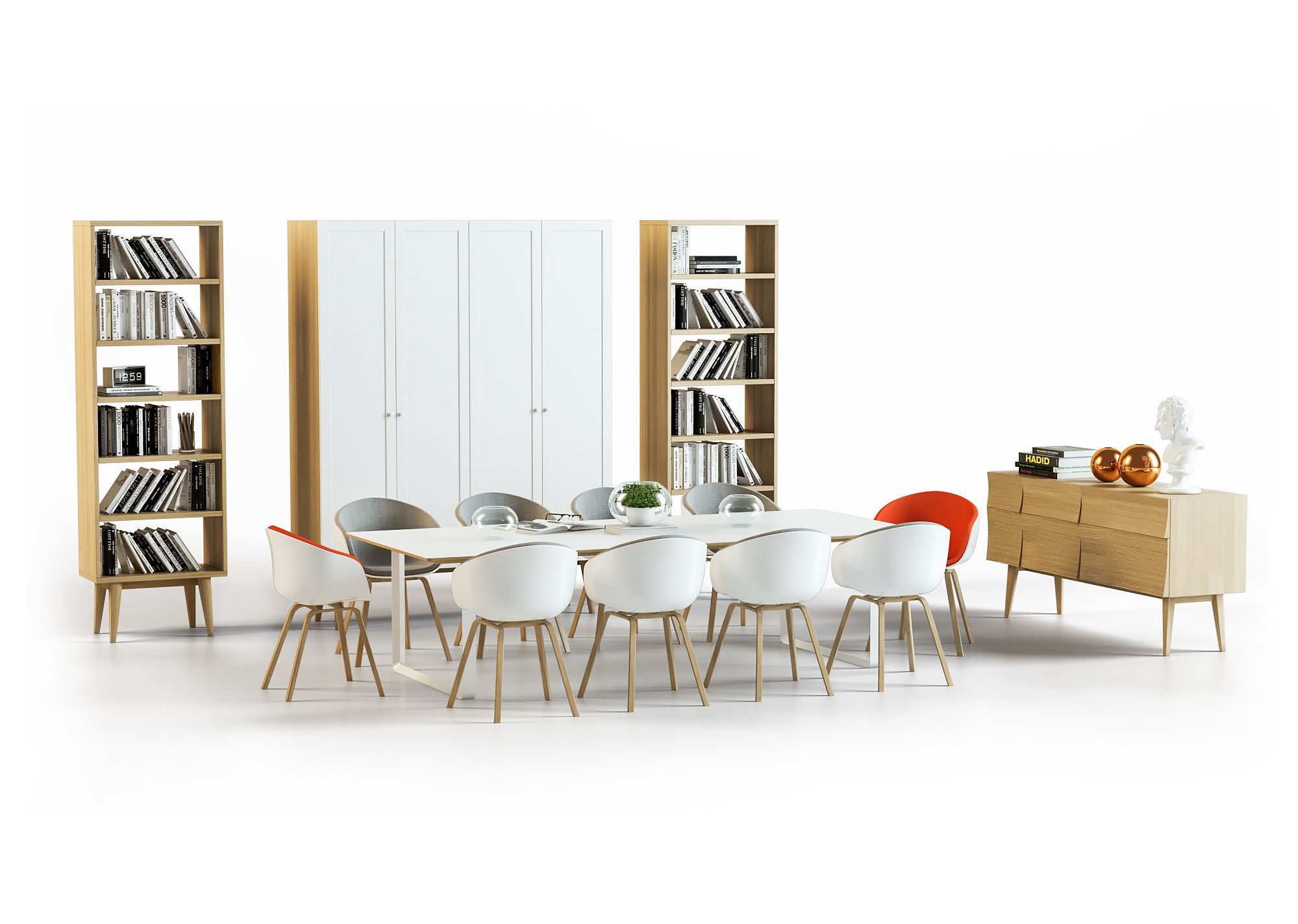There are various approaches to showcasing the goods in marketing and advertising depending on the purpose and channels of communication. In photography, the terms product image, hero shot, and commercial image describe various approaches to imaging for e-commerce, social media, and advertising. CGI artists use the same rules and methods for 3D visualization.
From plain frontal photos or simple 3D models to atmospheric lifestyle images, there’s a time and place for each. But, first, let’s figure out what each type of shot endorses.
A product image is a product placed in the center of the shot on a white or neutral background.
A hero shot has a product in the center of composition but it’s surrounded by complimenting items without distracting from the main item.
A commercial shot is also known as a lifestyle shot. A product has to be in the center of viewers’ attention but it’s placed in a real environment.
So, what’s the difference between the three types of visuals, and which one to choose for your specific needs? Our 3D rendering company offers you a brief but comprehensive guide. If you want to make sure your visuals shine on all communication channels and convey exactly the idea you want, read on!
1. Complexity

A product image is usually used to showcase an item in an online store or a marketplace. Such images are more or less uniform: for example, a single chair on a white or transparent background in a gallery full of other chairs. They are, therefore, the easiest to produce and the least visually complex.
Hero shots are a bit more complicated. They are used in online stores as category images or as additions to product images. But, most often, they shine on social media as they are more visually appealing and pop out on the newsfeed.
Finally, a commercial image is the most complex form of lifestyle rendering services. They are closely tied to the brand’s identity and storytelling and are used in advertising campaigns. Commercial images are detailed and atmospheric, and they represent the entire collection or even the brand in general.
2. Time to Produce

In photography, product images are the quickest to make: a single photo might take only minutes. The image is straightforward. There’s no need for a thought-out composition nor complex lighting or time-consuming post-production.
In comparison, a hero shot requires more attention, so it might take hours to produce. The photographer will play around with props, various schemes of lighting and background.
And, finally, a commercial image is the most time-consuming and can take days to produce. A good photo requires a lot of attention to detail and a truly creative approach.
In 3D, all types of product advertising images will take up to a couple of days, depending on their complexity. The process involves the work of 3D artists: modeling, coloring, and texturing. Then comes the rendering – computing a 2D image out of a 3D model. It takes longer the more complicated a model or a scene is.
4. Creativity

A product image doesn’t require much creativity. It is a simple photo or a render on a plain background. It might be frontal or at a slight angle. An online store might need a series of images to showcase the furniture from all sides. Although sometimes such images can feature a group of items, usually there’s only one. Because of this, the composition doesn’t need much effort.
In comparison, a hero shot is more creative. It also more often contains more than one object. A photographer or a 3D artist will spend more time and effort on composition, coloristic, and the general atmosphere. As a rule, the whole thing should be visible in a shot.
Finally, a commercial image will require a lot of creativity. It usually features multiple items, extra characters, a complex composition or lighting, and so on.
5. Props

In product images , there are no props. Photographers and 3D artists must keep everything simple and to the point to showcase the specific object.
To strengthen the visual appeal, various props and textures can be used in hero shots . They make the image more atmospheric, convey the mood, as well as hint at the aspects of brand identity.
And, as props are the easiest way to tell a story, there will be lots of them in commercial images to progress the storytelling. In the case of 3D imagery, a commercial image will most often mean incorporating furniture into lifestyle scenes.
6. Team

In photography, producing a product image requires a photographer, an assistant, and a retoucher.
With hero shots , the brand’s creative representative might join the team.
And, finally, for commercial images , the team will grow to include a marketing head, an art director, and a stylist.
In 3D, one CGI artist can work on a rendering project, regardless of its specific type, be it modeling or animated social media video production.
7. Background and Lighting

For product images , the background is plain, quite often white or transparent. The lighting focuses on the item. There should be nothing distracting from it.
For hero shots , colors and textures might come into play. They convey more information about brand identity and create an atmosphere.
Finally, for commercial images , the background will involve complex lifestyle scenes to further the storytelling.
Professional lighting is a must for all types of images. However, hero shots and commercial images will require lighting to be creative as well. An artist might use multiple light sources, colored light or rim lighting. They may also emphasize not only the central item but also the props.
8. Idea Saturation and Relevance to Brand Identity

Product images are not supposed to be tied to a bigger picture. They are selling a specific item and showcase its properties.
In comparison, hero shots are tied to the brand identity. However, they highlight some limited aspects of it. They focus on one facet of the brand and make it shine. To achieve this, an artist might emphasize creatively some attributes of the item. The brand’s preferred atmosphere and mood will come into play in an image.
Finally, commercial images serve as a brand’s “face” in advertising campaigns. Therefore, commercial images should showcase an item’s, collection’s, and the brand’s values and aesthetic to the fullest.
9. Communication Channels

The usage of product images is limited to online stores and marketplaces. As they are plain and focused on the item itself, their main goal is to convey the actual characteristics of the goods. Product images work great as an item’s representation on a virtual shelf, but will not stand out enough to use in advertising.
In its turn, hero shots can also be featured in an online store, mostly as category pictures. However, they shine the most on social media. They are more visually appealing and stand out on the feed. This way, you can use them to redirect traffic from social media to online stores.
Commercial images work great for various channels of advertising: from social media to outdoor advertising and printed materials. However, they shine the most in the catalogs, both printed and online.
Now that you know the features and purposes of each specific type of imagery, it is easier for you to choose when you will need each of them. Product images are simple and to-the-point representations of the items. They are useful for marketplaces and online stores. Hero shots are richer in terms of props and textures and do well on social media. And finally, commercial images are an artistic representation of not only items but also of the brand identity and values. They can be used for catalogs and advertisements.
If you want to start your marketing campaign before the furniture is even produced, or want to make the most of CGI’s creative flexibility, contact our team for the top-notch 3D modeling services.
